My daughter Shanni and I just came back from Hsinchu, Taiwan where I was invited to deliver a keynote lecture at the 2014 International Symposium on VLSI Design, Automation and Test.
The lecture was titled “Electroceuticals – Replacing Drugs by Devices Enabled through Advanced VLSI Technologies” Here is the abstract:
Electroceuticals are medical devices that employ electrical currents to affect and modify body functions as an alternative to drug-based interventions.In contrast to pacemakers and other classical excitable-tissue stimulators, modern electroceuticals employ sophisticated control strategies that go beyond simple stimulation-response mechanisms in order to modulate physiological regulation loops. Examples include modulation of cardiac contractility as a therapy for heart failure, modulation of gastric contractility as a therapy for diabetes, and modulation of vagus nerve traffic as a therapy for epilepsy and inflammatory diseases. Electroceutical research is still in its early stages, and thus represents an enormous opportunity for which advanced VLSI technologies can enable the development of novel devices and therapies. Unlike other commercial devices however, developing microsystems for therapeutic applications takes place in a heavily regulated environment which requires decisive proof of the devices’ safety and efficacy. Costs, schedules, and clinical strategies must be planned accordingly to achieve success. This keynote lecture will focus on the opportunities and challenges presented by this exciting new field in healthcare.
It was a great experience, and I hope that it will foment cooperation between the AIMD Industry and chipmakers to develop novel platforms that can be used to develop a new wave of electroceutical devices.

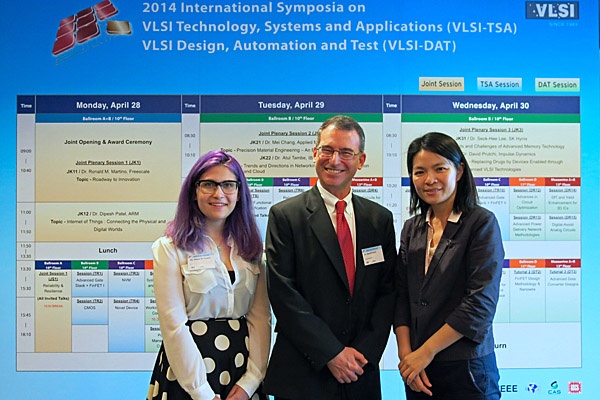

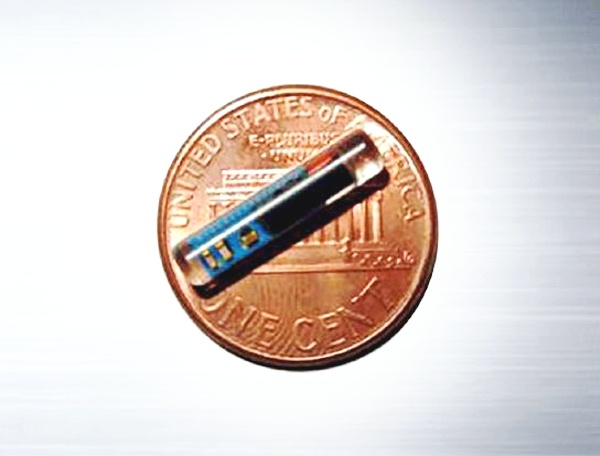


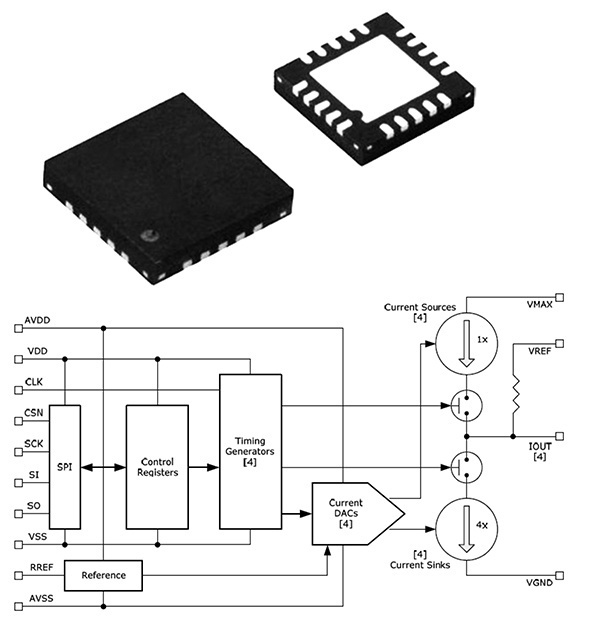
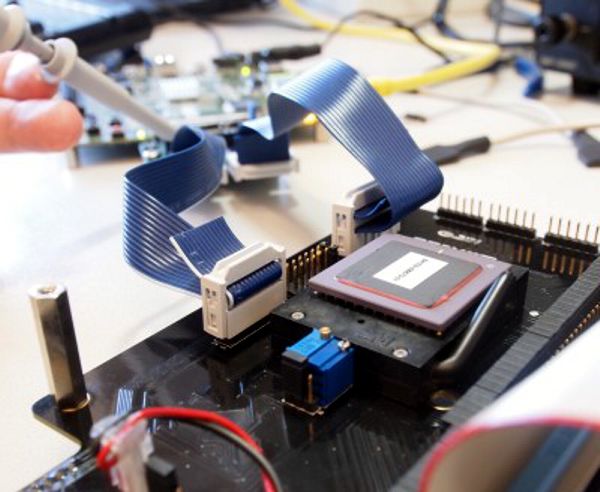
 Nanowattics was founded in 2007 to provide development services of ultra-low-power application-specific integrated circuits (ASICs) for safety-critical applications.
Nanowattics was founded in 2007 to provide development services of ultra-low-power application-specific integrated circuits (ASICs) for safety-critical applications.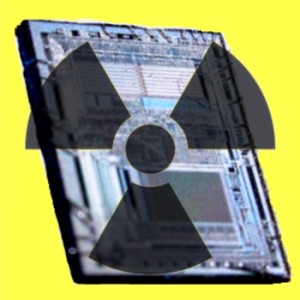


 CCC is one of the oldest pacemaker manufacturers in the world. It was founded in 1969 by Dr. Orestes Fiandra, who performed the first succesful, human, long-term pacemaker implant in the world.
CCC is one of the oldest pacemaker manufacturers in the world. It was founded in 1969 by Dr. Orestes Fiandra, who performed the first succesful, human, long-term pacemaker implant in the world.